Which payment trends will pay off?

How to increase sales? Top 7 payment trends. Source: shutterstock.com
Low sales are not always a sign of a poor assortment or bad service. Sometimes the problem is with payment options. Diversity is a key notion in today’s civilized societies. It should also rule over your payment gateways.
Think about it. You catch clients’ attention with a bright ad, offer a fair price, they add items to their carts, and then… leave it at the checkout stage. This happens very often, in fact. According to the Baymard Institute, 69.57% of all items that get added to shopping carts end up unordered. Payment issues are among the most significant factors of abandonment.
4% of customers don’t finish their purchases because their credit card is declined. If they had more options to pay, that wouldn’t be the case at all.
6% frankly admit they left because there weren’t enough payment methods.
A staggering 55% of e-shoppers abandon their full shopping carts due to high extra costs. Those include third-party fees and taxes. The additional fees are charged not only by the delivery services, but also by banking institutions or mobile wallet providers. Imagine that adding some payment methods with low commission fees may increase your sales by up to 60-70%. Tempting, isn’t it?
Let’s learn more about the popular payment trends that bring the most benefits to merchants.
APMs
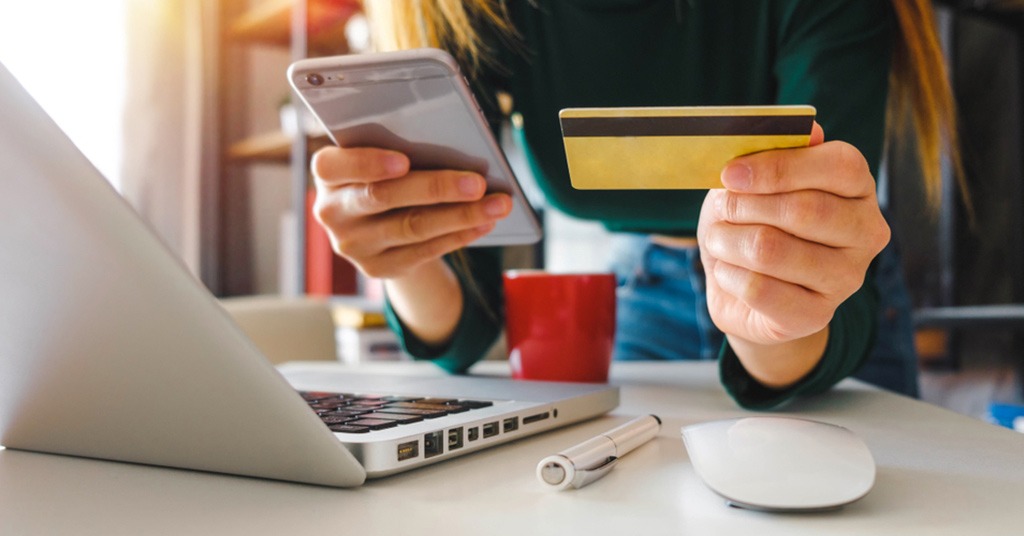
People do not use credit cards as often as they did just a while ago. Source: shutterstock.com
This abbreviation stands for alternative payment methods which are increasing rapidly today. People do not use credit cards as often as they did just a while ago. Believe it or not, a recent Credible survey shows that millennials rank their credit card debt as the scariest issue in their daily lives. Considering the fact that our daily events and news broadcasts are full of terrible things like terrorism, homicide, or deadly diseases, their overwhelming fear of credit card borrowing is truly astounding.
That alone might urge you to consider other payment options for your store. Furthermore, the number of scams aimed at stealing bank details when customers fill in their debit or credit card credentials scares people off too. In 2014, over 45% of credit card theft happened via the internet. It is no wonder that experts predict, 55% of all online transactions will be made using APMs already in 2019. If you wish to remain competitive, you simply have to ride with this tide.
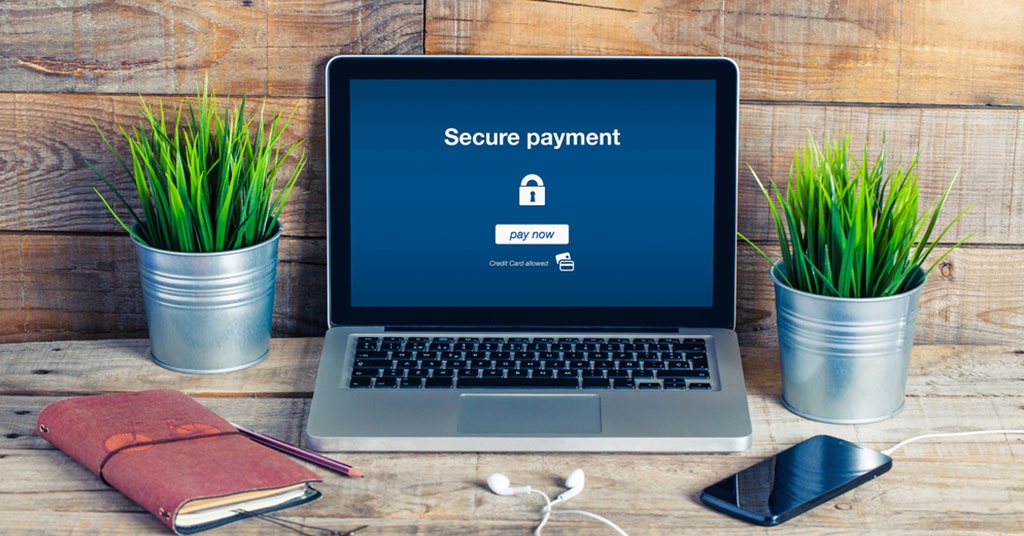
In 2014, over 45% of credit card theft happened via the internet. Source: shutterstock.com
For instance, bank transfers that allow consumers to approve a digital transaction using online banking are very popular in Europe. Another option is a cash-in service. The cash-in cards are loaded in advance of the purchase by customers themselves and are welcomed by those whose income is not tied to a debit card.
Buy now, pay later
If you think that distrust of credit cards signals about the readiness of customers to wait till they have saved the whole purchase sum, you’re mistaken.
People are still willing to spend more money than they actually have now, but in other ways. One of them is paying in installments.
Many retail stores offer traditional credit lines. With their long application forms and monthly interest, they just don’t suit modern customers’ needs. On the contrary, flexible solutions like Klarna’s Slice It or Pay Later in Instalments offer the same convenience with more affordability.
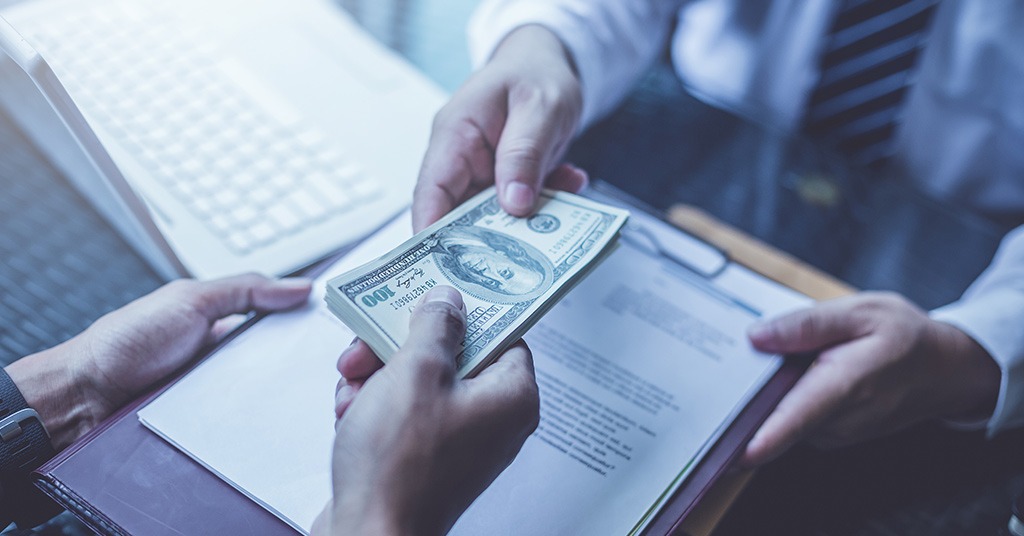
Many retail stores offer traditional credit lines. Source: shutterstock.com
Interest-free installment programs are gaining popularity among consumers and significantly increase sales. The borrowed sum gets divided either in fixed equal portions or uneven amounts as chosen by the customer. Conditions depend on a payment plan, so offering a few different options is only a plus for a merchant.
So that the buyer doesn’t procrastinate with their payments, an interest-free period usually has short-time limitations. For instance, Bread solution offers a year to repay free of charge.
Try before you buy
Who doesn’t like samples, especially the free ones? Supermarkets offer some new products to taste, tech stores have some gadgets displayed for testing too. Car dealers offer test drives.
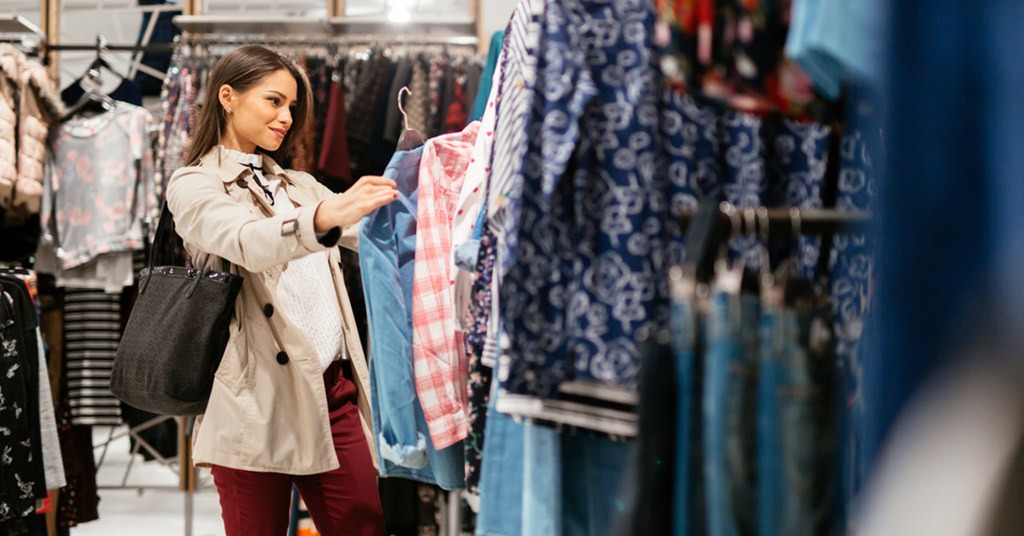
In case with the clothing, trying the item on before you buy it is essential for most customers. Source: shutterstock.com
In case with the clothing, trying the item on before you buy it is essential for most customers. Makeup and accessories require some testing too. Yet not every buyer has the time to go proper bricks-and-mortar shopping. Even more, people are not willing to. If only they had other options… Well, now they do. Try before you buy is still a novelty, but it is starting to catch on.
For instance, Stitch Fix employs a stylist, who helps to create individual looks. The chosen clothes are shipped to the customer along with a ready-made return bag.
Amazon Prime Wardrobe only bills customers after they’ve received the items, checked them out and decided to buy.
Accessories brands like Warby Parker allow buyers to order up to five different pairs of glasses to try on at home before choosing a suitable style. That’s how they increase their target audience without opening new physical stores. Glasses are among those accessories that are really hard to choose without trying on. Thanks to try-before-you-buy, those limitations are not an obstacle.
Cosmetics brands such as Birchbox offer subscriptions for boxes of various beauty samples that you can try at home. If you like them, you can order more online at a discount.
Mobile payments
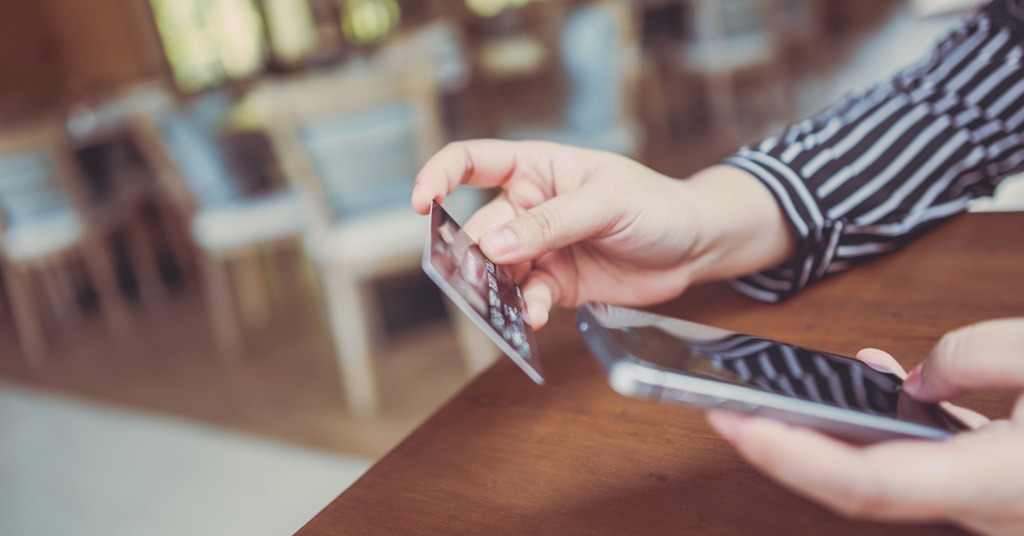
Leading e-commerce payment methods in Europe. Part 1. Source: shutterstock.com
According to Statista, m-commerce sales are growing annually. In 2021, 72.9% of all retail e-commerce is expected to take place via mobile payments, up from 58.9% in 2017. Also, the number of devices allowing mobile payments with NFC technology is rising.
However, not all physical store owners offer convenient m-commerce options. Nor do the e-commerce retailers cater to the flexible needs of mobile payers. After all, the greatest rates of shopping cart abandonment come from mobile phones (up to 78%).
As m-commerce is enabled via the use of mobile wallets such as Apple Pay, PayPal, or Samsung Pay, their use is also expected to rise by about 32% from 2017 to 2022, according to Zion Market Research.
Therefore, you should definitely consider mPOS terminals and mobile wallet payment gateways for your business. Not to mention that mobile optimization for your checkout page is a must (mobile-friendly fonts, zoom options, etc.).
Instant shopping
Everyone likes the speed of purchases. The fewer stages your shopping cart has the better. What’s even quicker? Let your customers skip adding items to the shopping cart at all. Solutions like Instant Shopping may help.

If buyers need only one item, let them order it instantly. Source: shutterstock.com
It doesn’t mean that shopping cart should leave your website altogether, but if buyers need only one item, let them order it instantly.
The omnichannel shopping
Retail is tricky. Every customer group has their own preferences. Be sure to consider as many of them as you can. Don’t give up on traditional experiences too early. There’s still a place for the human touch in retail customer service.
According to a study by Harvard Business Review, 75% of all fashion purchases are made in physical stores. Perhaps it’s just a sign of the lack of try before you buy options. And yet, many people simply love going shopping. Taking out your friend as a “fashion expert” and trying out crazy looks is fun.
However, the same study revealed that consumers spend 25% more when shopping online. Since in physical stores presenting every item beautifully is impossible, most of them just hang on a long clothing rack. They may go unnoticed. In online stores, on the other hand, every clothing item is presented separately on a flattering background, or worn by a beautiful model. Moreover, the website can automatically suggest suitable accessories or similar items.
Therefore, when you combine the two experiences (physical and virtual), the final purchase sum can go up to 64% greater than the average spend.
For instance, “endless aisle” experiences, where retailers provide mobile devices in-store for shoppers to search out-of-stock products and have them delivered to their homes, allow retailers to expand their product range without extending floorspace.
Automated stores
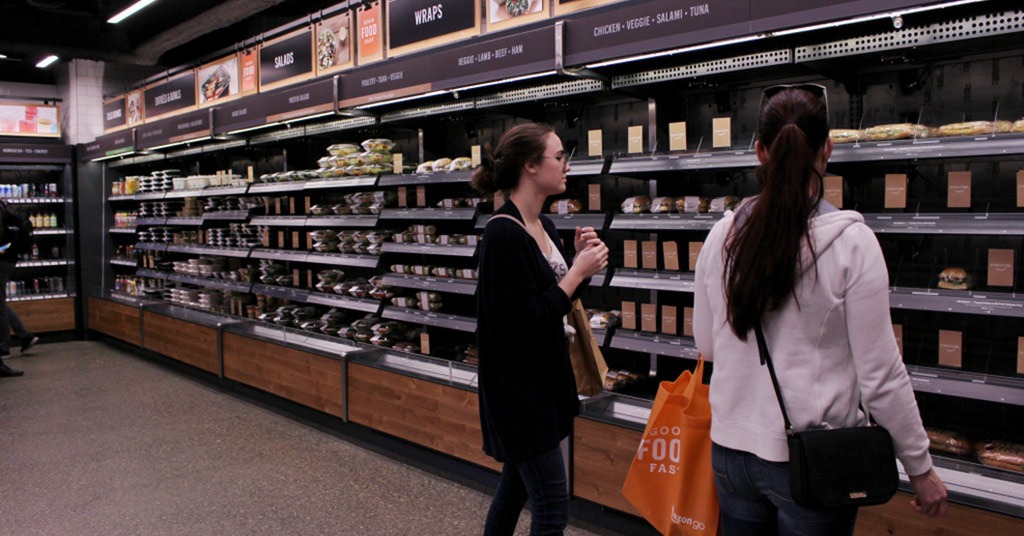
A brilliant example is Amazon Go. shutterstock.com
The most advanced retailers should try combining cutting-edge technologies with bricks-and-mortar shopping experiences. Let your customers pick the item in person, see it, feel it, try it on if applicable. And then – integrate automatic checkouts so that they don’t have to waste even a fraction of a second on making payments.
A brilliant example is Amazon Go. In 2018, the company’s first cash-free store opened in Seattle. Consumers need to scan their phone on the way in, add items to their bag, and walk out. Amazon sensors identify the user via their phone, and cameras track what items they add to their bag. Charges go directly to the shopper’s Amazon account. Of course, this is not a cheap solution, but it surely has a bright future.
At least, you can partially automate the order and payment processes via self-service touch-screen tabs. It is already widespread in the restaurant and food catering industry. If you combine self-service with flexible payment terms like adding mPOS or other payment options mentioned before, you’ll attract a wider range of consumers.









